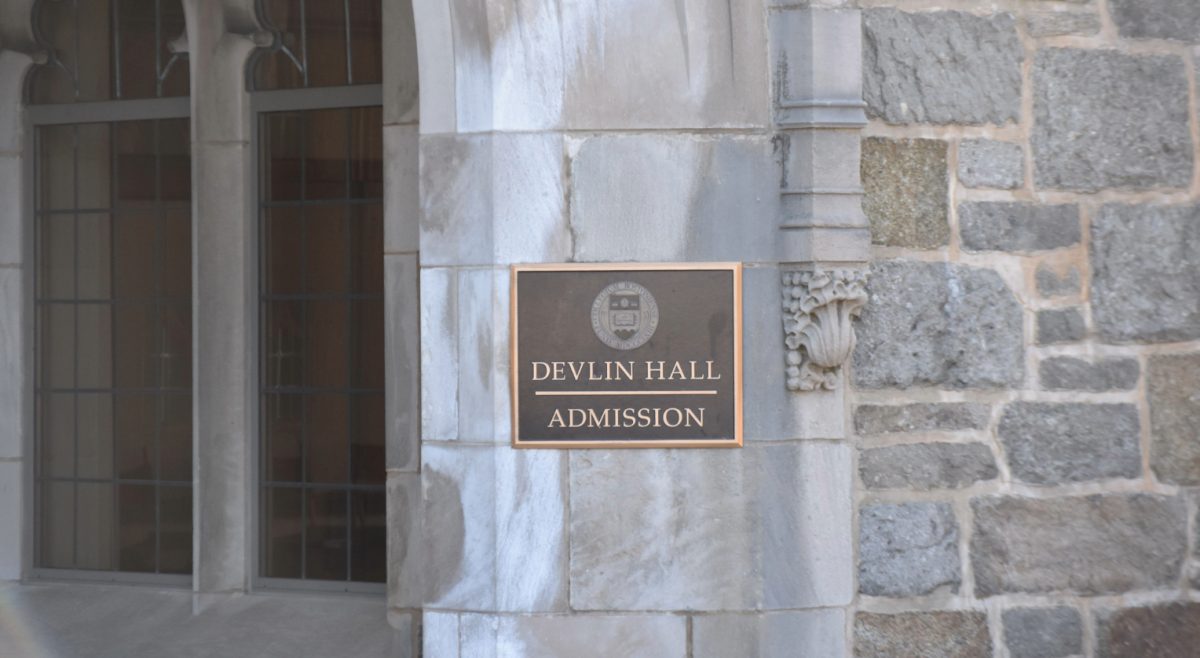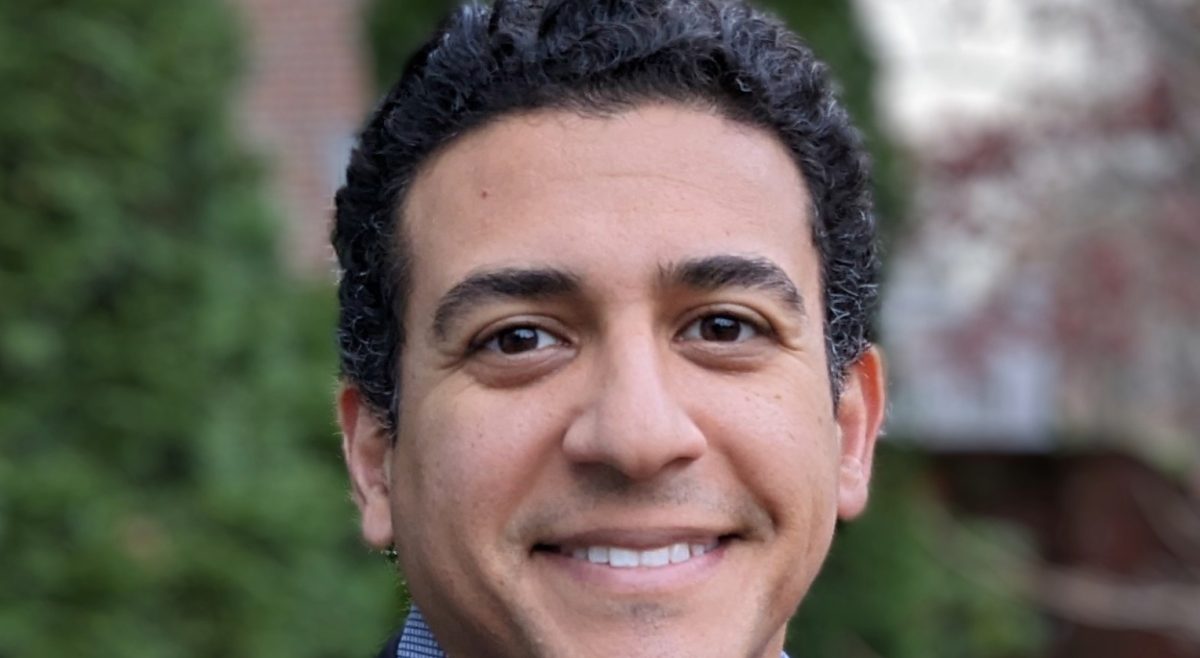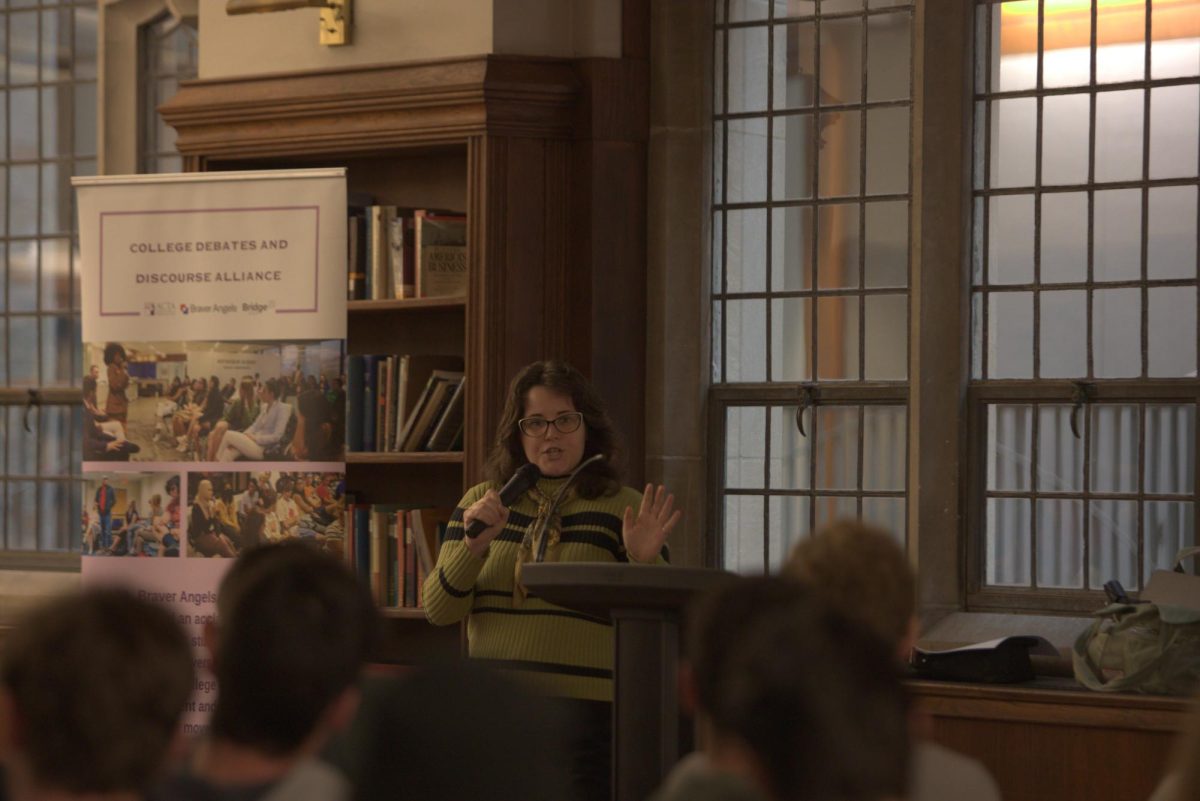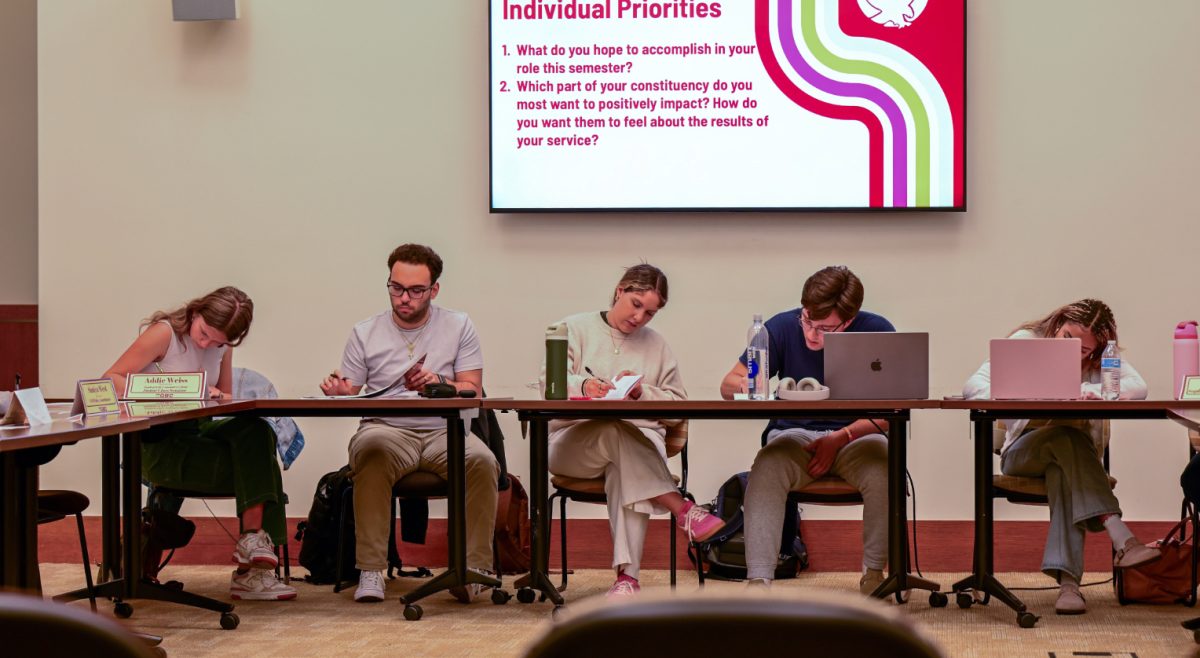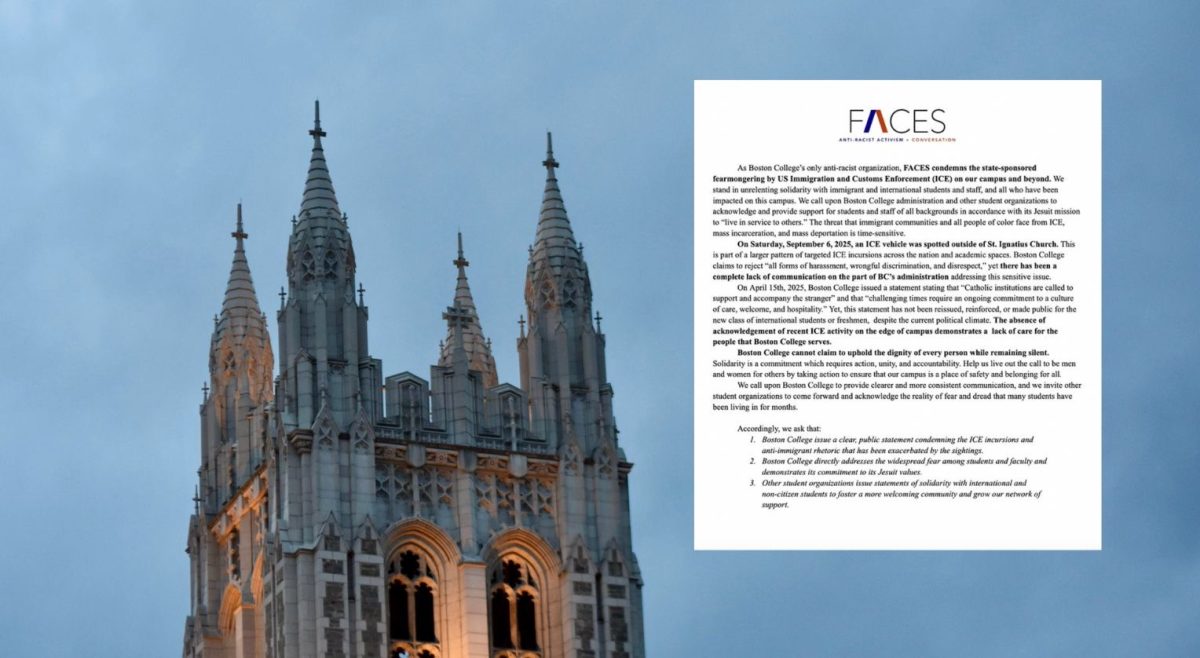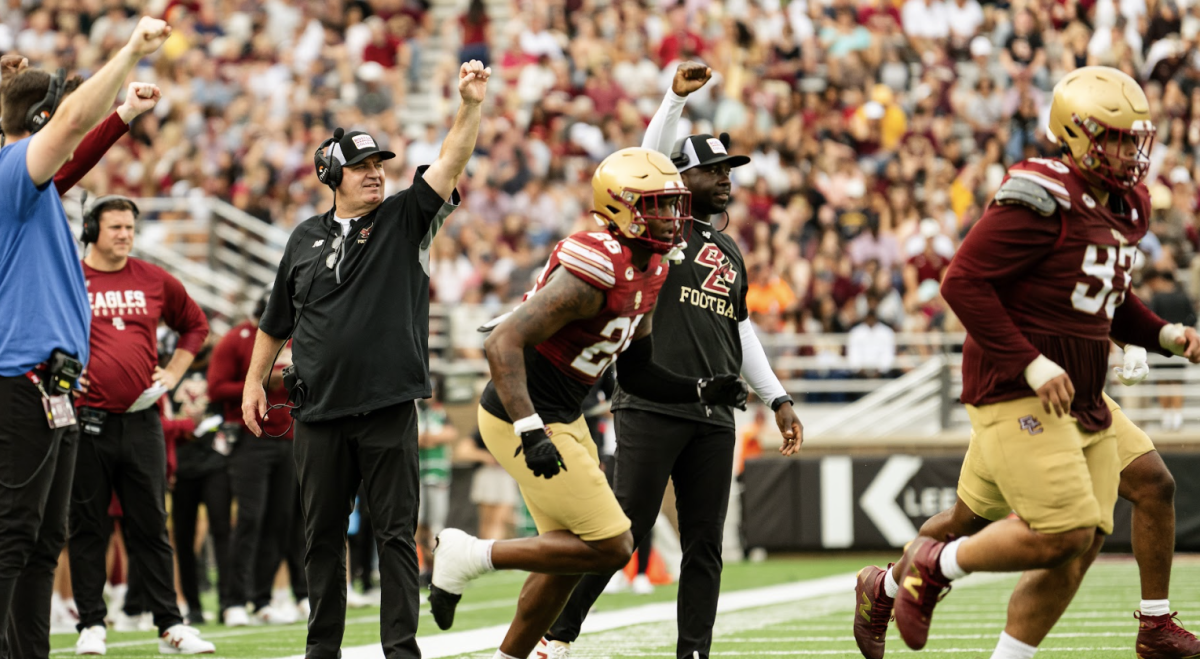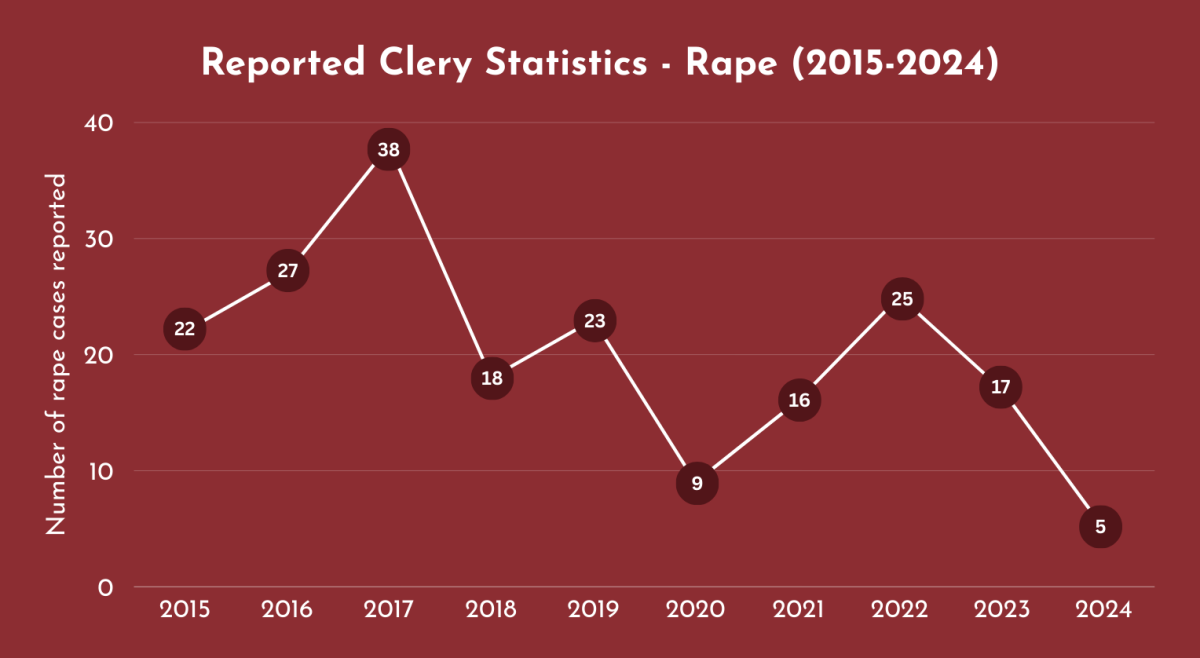Information systems professor James Gips passed away unexpectedly on Saturday night, according to an email sent to members of the CSOM Honors Program. Although the specifics of his death have not yet been released, Gips was recovering from surgery on his pancreas at the time, Ethan Sullivan, the associate dean of the undergraduate program in CSOM, wrote in the email.
Gips, the John R. and Pamela Egan Chair of Computer Science, taught at BC from 1976 until the end of this academic year.
“When BC students take classes over the years they typically work hard, get their grades and move on,” said Dean of CSOM Andy Boynton in an email. “Not so for students fortunate enough to take the exceptional classes offered by Jim Gips. Through this superb teaching and thoughtful advising Jim made a lasting impression and had far reaching impact on many, many undergrads over the years (myself included) because he cared deeply about who we were as people and what we would do with our lives.”
Gips’s research covered a wide variety of topics, including founding work on shape grammars, algorithmic aesthetics, grammatical inference, and ethical robots. For several years, he worked with marketing professor Adam Brasel to research how consumer behavior and psychology has been affected by technology and new media, and the two co-created BC’s Marketing Interfaces Lab. Most notably, Gips developed ways to enrich the lives of people with severe disabilities by enabling them to interact with computers, thereby empowering them to communicate with the outside world.
As part of the EagleEyes Project, Gips helped develop two technologies that allow individuals who cannot speak and can move only their eyes and head to access computer technology. The first, EagleEyes, allows people to control the mouse pointer on a computer screen by moving only their eyes, through the means of electrodes placed on their head to sense eye movement. The second, Camera Mouse, allows people to control computers solely by moving their head—it is available to download for free and works through standard webcams to track head movements.
“Jim’s commitment to others extended well beyond the classroom,” Boynton said. “His intellectual work and research were highly creative … and his EagleEyes breakthrough — combining artificial intelligence, visualization, and robotics — allows people to control the mouse with subtle moves of their head. EagleEyes, largely through Jim’s brainpower and persistence, has enabled thousands of people with cerebral palsy, spinal muscular atrophy, brain injury, and other disorders to use a computer opening up worlds of capabilities, ideas, and information.”
In 2006, EagleEyes was named a Technology Award Laureate by the Tech Museum of San Jose. Gips also won a da Vinci Award, which honors “exceptional design and engineering achievements in accessibility and universal design, that empowers people of all abilities,” for the project in 2007.
“Let’s put it this way, if there was a “Hall of Fame” for Carroll School Faculty, Jim would easily be a sure-fire first ballot selection,” said Boynton. “We’ll all miss him, but his name will be spoken around here for decades.”
Featured Image via Boston College Computer Science Department



